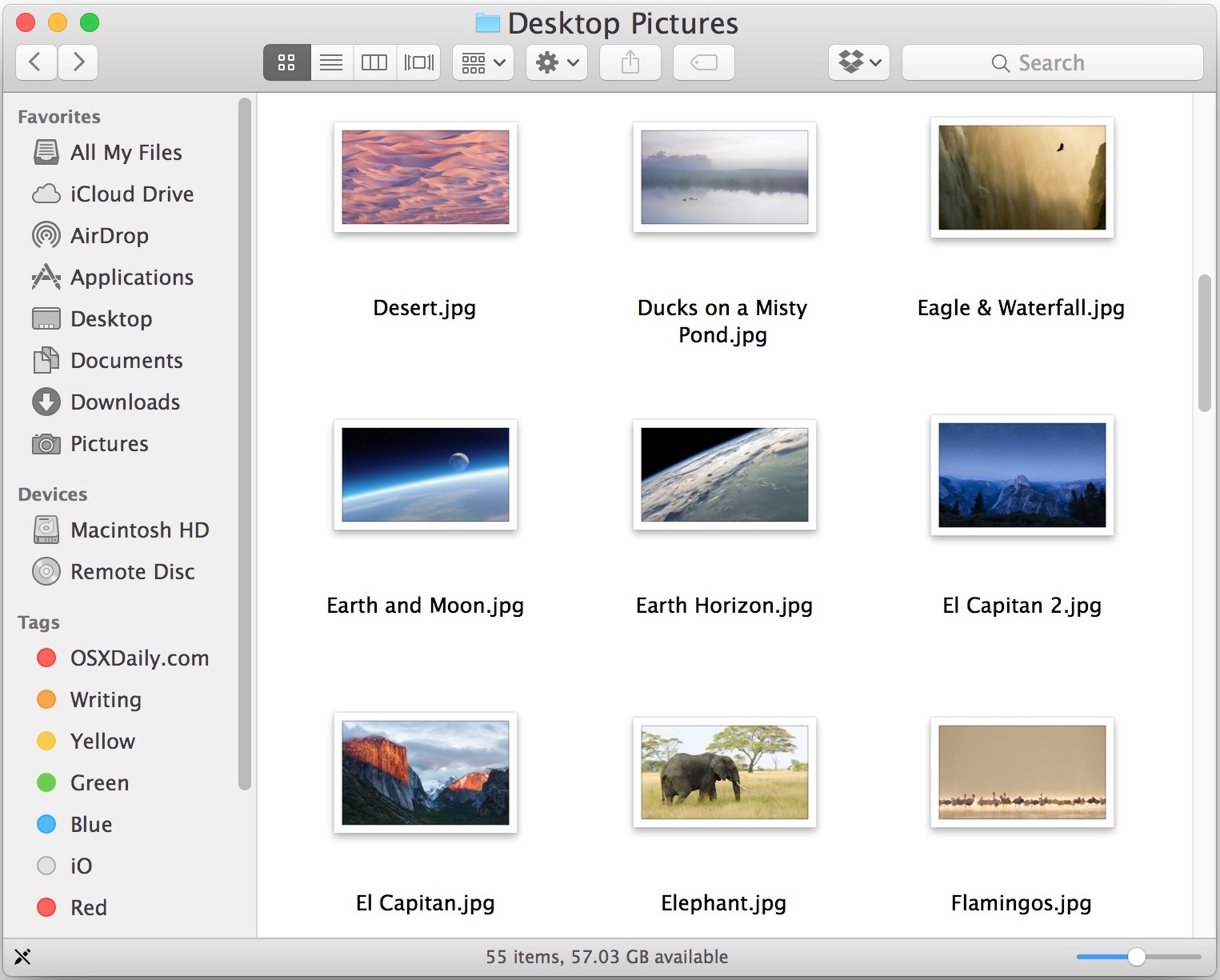February Moon Mac OS
You are using a browser that does not support SVG. This page relies heavily on SVG and other features that are not supported in older browser versions.
Free download Moon Phase Moon Phase for Mac OS X. Moon Phase widget shows the current phase of the moon on a field of stars, in one of two sizes. Feb 07, 2021 The best iOS apps of February 2021 1. Learn: Start your investing journey. I’m sure you don’t need me to remind you that just weeks ago, a group on Reddit decided to take on Wall Street with a bold (and questionable) investment into GameStop stocks. Download macOS Catalina for an all‑new entertainment experience. Your music, TV shows, movies, podcasts, and audiobooks will transfer automatically to the Apple Music, Apple TV, Apple Podcasts, and Apple Books apps where you’ll still have access to your favorite iTunes features, including purchases, rentals, and imports. Microsoft Outlook is a personal information manager software system from Microsoft, available as a part of the Microsoft Office suite. Though primarily an email client, Outlook also includes such functions as calendaring, task managing, contact managing, note-taking, journal logging, and web browsing. Individuals can use Outlook as a stand-alone application; organizations can deploy it as.
This calendar shows the Moon Phase for every day in the current month of May 2021. The first day starts with a phase that is illuminated. Explore this May Moon Phase Calendar by clicking on each day to see detailed information on that days phase. Also see more information about the Full Moon and New Moon in May 2021 including local viewing times.
> Blue Moon Calendar > Lunar Eclipse Calendar > Next Full Moon TODAY'S MOON PHASES - Understanding Moon PhasesLet’s start with some interesting facts. It takes the Moon 29.53 days to orbit completely around the Earth in a full lunar cycle. During this time, the Moon will go through each phase. Since the Moon’s orbital journey takes a little less than a full month, when you click on future dates you’ll notice that–depending on the exact number of days in that month–the Full Moon occurs a day or two earlier each month. It’s the Moon’s journey as it orbits around Earth that creates the predictable dance between light and shadow. And while the changes may seem slow, on any given day the amount of Moon illuminated by the Sun can vary by as much as 10-percent. The illustration above shows the range of illumination for today - May 02, 2021. The illustration is set to your computer’s clock and therefore gives you an accurate reading for your own particular time zone. The four main Moon phases in order are the New Moon, First Quarter Moon, Full Moon and Last Quarter Moon. These phases occur at very specific times and are measured by both the Moon’s luminosity and how far along the Moon is in its orbit around Earth. Moon Phases In HistoryImagine a Neanderthal peering out of his cave some dark summer night as the Full Moon rises above the horizon. Nothing on Earth was quite like this strange brilliant object arcing through the night sky. What did he think it was? It’s not hard to imagine how the Moon became the source of many religions, myths and legends throughout the ages. |
User friendly web browser based on Firefox that is optimized for faster navigation, while remaining compatible with most Firefox extensions
What's new in Pale Moon 29.1.0:
- New features:
- Implemented String.prototype.replaceAll().
Developed on the Firefox web browser, the Pale Moon application provides a faster navigation, while preserving the familiar user interface. Pale Moon does not adopt the Mozilla Firefox design changes and will keep more customization options.
Streamlined web browser optimized for faster navigation
The Pale Moon browser is built to incorporate a collection of carefully chosen functions and optimizations that will lead to stability and speed improvements. The best part is that Pale Moon increases the performance without renouncing to the familiar Firefox design.
Since Pale Moon remains compatible with most Firefox extensions and themes, the browser interface can be extensively customized. However, the pages will be displayed more smoothly and you should experience less browser crashes.

The integrated migration tool allows you to import existing Firefox profiles
For your convenience, the first time you run the Pale Moon application, you have the option to import your browsing history and other personal data from your Firefox app. This way, the switch between the browsers in extremely smooth and trouble free.
In addition, since certain code portions are disabled, Pale Moon will require less memory usage. Pale Moon offers support for HTML5, CSS3, and WEbGL, integrates the bookmarks toolbar in the user interface by default, keeps the large navigation buttons, and so on.
Powerful browsing solution that improves the Firefox performance while preserving familiar functions
Pale Moon represents a solution for Firefox users that do not like the new design style: the app preserves some of the functions, and offers more customization options. Pale Moon can integrate most Firefox extensions, but also includes optimizations that will improve your browsing experience.
Filed under
Pale Moon was reviewed by Iulia Ivan- 64-bit processor
New Mac Os 11
Pale Moon 29.1.0
February Moon Mac Os Download
add to watchlistsend us an updateFebruary Moon Mac Os Catalina
- runs on:
- macOS 10.8.3 or later (Intel only)
- file size:
- 41.6 MB
- filename:
- palemoon-29.1.0.mac64.dmg
- main category:
- Internet Utilities
- developer:
- visit homepage
top alternatives FREE
top alternatives PAID